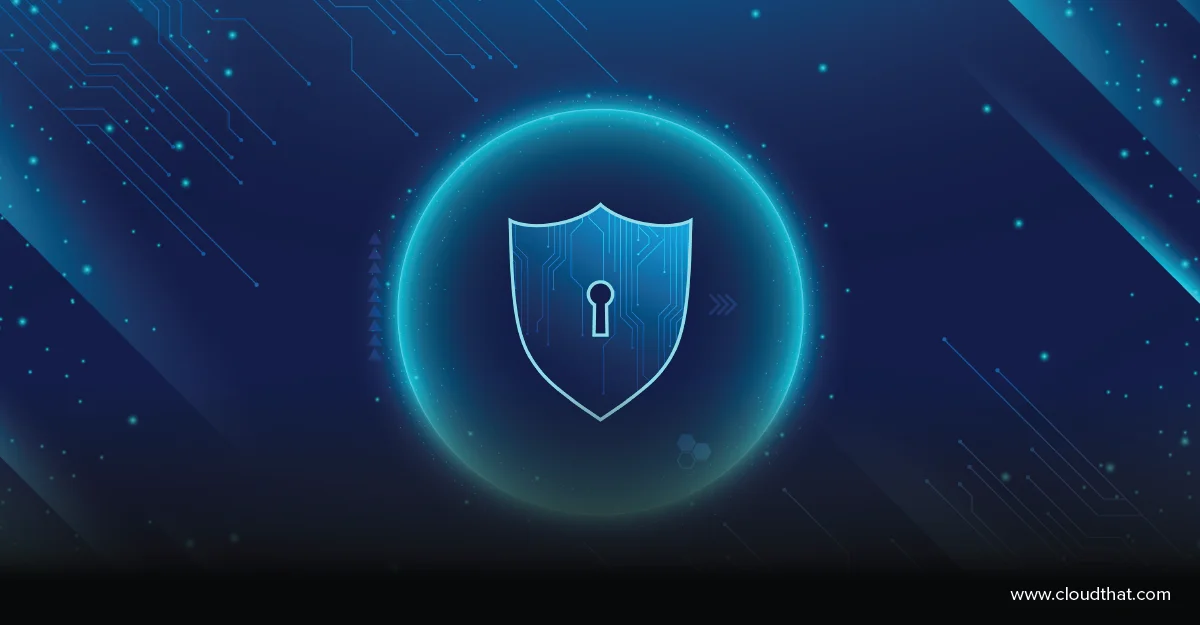|
Voiced by Amazon Polly |
Introduction
To store and retrieve any volume of data at anytime from anywhere on the web, Amazon S3 offers a straightforward web services interface. Any developer now has access to the same highly scalable, dependable, secure, quick, and affordable infrastructure that Amazon employs to power its extensive network of websites worldwide. The service seeks to maximize scale’s advantages and to distribute those advantages to developers.
Also see: What is Amazon S3? – Amazon Simple Storage Service
Freedom Month Sale — Upgrade Your Skills, Save Big!
- Up to 80% OFF AWS Courses
- Up to 30% OFF Microsoft Certs
- Ends August 31
Overview of S3
Amazon Simple Storage Services (S3) offer object storage, a service that delivers market-leading scalability, data availability, security, and performance. It is designed for storing and recovering any quantity of data from anywhere via the internet.
Storage Classes
- S3 Standard
- S3 Intelligent-Tiering
- S3 Standard IA
- S3 One-Zone IA
- S3 Glacier
S3 Standard: – As a result, the cost of storing data that is rarely used and doesn’t need immediate access can be reduced. There are more than three replications in the S3 standard. It transfers the original data over at least three availability zones, is 99.999999999% highly durable, and is 99.9% highly available. Compared to other standards, the S3 standard is costly.
S3 Intelligent-Tiering: – Intelligent Tiering S3 automatically transfers data to the most economical access point without affecting that tire’s performance. In intelligent tiering, there are four different tier types: frequent access, infrequent access, archive quick access, and deep archive access. The Availability Zone is greater than 3, the Availability is 99.9%, and the Durability is 99.999999999%.
S3 Standard IA (Infrequent Access): – The S3 Infrequent Access is intended for data that, in the case of the S3 standard, requires less frequent access but requires longer storage. S3 Standard-IA is excellent for backups, long-term storage, and serving as a data repository for files needed for disaster recovery. High speed and low latency are two features of S3 Infrequent Access. Durability, availability, and availability zones are all more than three and 99.999999999%, respectively.
S3 One-Zone IA: – The S3 One-Zone IA is 20% less expensive than amazon S3 standard IA due to only one availability zone. It has low latency and high-performance Durability of 99.999% and Availability is 99.5%.
S3 Glacier: – The S3 Glacier storage classes are purpose-built for data archiving, providing you with the highest performance, most retrieval flexibility, and the lowest cost archive storage in the cloud. The Availability is 99.9%, Durability is 99.999999999% and Availability zone are more than three.
Step-by-Step Guide to Create a Bucket
Step 1: Log in to AWS Management Console and search S3 in the search bar. Then, Select S3.

Step 2: Now, click on Create Bucket.

Step 3: Enter the bucket name and AWS region. Keep the default settings for all the other options like Object Ownership, Block Public access, and Bucket versioning. Then, click on create bucket button available at the bottom.

Enable or Disable bucket versioning and add the optional tags, set default encryption then click on create a bucket.

Step 4: Once we create a bucket, we can upload an object to it. Select and Click on the newly created bucket.

Step 5: Click on Upload.

Step 6: You can add files or folders by using the ‘Add files’ option

Step 7: Select the file and click on open.

Step 8: Select the newly added file and click on upload.

Step 9: The file is uploaded in the bucket click on close to view all files and folders (if there are multiple files and folders).

Step 10: To download the file click on the file name.

Step 11: Click on download.

Step 12: To delete the file, select the file and click on delete.

Step 13: Write permanently delete in the box and click on the delete object.

Note: To delete a Bucket we need to empty the bucket first which means we need to delete all files and folders.
Step 14: Now, select the bucket and click on delete.

Step 15: Write the bucket name in the box and click on delete bucket.


Conclusion
Above we discussed Amazon Simple Storage Services (S3) and their storage classes with Durability & Availability, their explanations, and a step-by-step guide to creating a bucket and uploading and deleting files/folders and buckets.
Freedom Month Sale — Discounts That Set You Free!
- Up to 80% OFF AWS Courses
- Up to 30% OFF Microsoft Certs
- Ends August 31
About CloudThat
CloudThat is an award-winning company and the first in India to offer cloud training and consulting services worldwide. As a Microsoft Solutions Partner, AWS Advanced Tier Training Partner, and Google Cloud Platform Partner, CloudThat has empowered over 850,000 professionals through 600+ cloud certifications winning global recognition for its training excellence including 20 MCT Trainers in Microsoft’s Global Top 100 and an impressive 12 awards in the last 8 years. CloudThat specializes in Cloud Migration, Data Platforms, DevOps, IoT, and cutting-edge technologies like Gen AI & AI/ML. It has delivered over 500 consulting projects for 250+ organizations in 30+ countries as it continues to empower professionals and enterprises to thrive in the digital-first world.
FAQs
1. How much does S3 cost per GB?
ANS: – It depends on the AWS Region you select while creating the Bucket. For more info please visit: Amazon S3 Simple Storage Service Pricing – Amazon Web Services
2. Can we change the S3 region once we create it?
ANS: – No, we can’t change the bucket’s region once the bucket is created.

WRITTEN BY Samarth Kulkarni
Samarth is a Senior Research Associate and AWS-certified professional with hands-on expertise in over 25 successful cloud migration, infrastructure optimization, and automation projects. With a strong track record in architecting secure, scalable, and cost-efficient solutions, he has delivered complex engagements across AWS, Azure, and GCP for clients in diverse industries. Recognized multiple times by clients and peers for his exceptional commitment, technical expertise, and proactive problem-solving, Samarth leverages tools such as Terraform, Ansible, and Python automation to design and implement robust cloud architectures that align with both business and technical objectives.


 Login
Login


 November 21, 2022
November 21, 2022 PREV
PREV










Comments